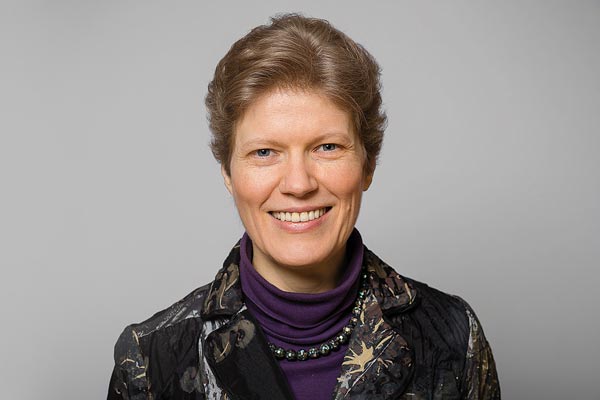RR Lyrae stars as tracers of substructure and Galactic archaeology
Zdenek Prudil – Hector Fellow Eva Grebel
Galaktische Archäologie nutzt Sterne als Fossilien, um die Galaxieentwicklung, wie beispielsweise der Milchstraße, besser zu verstehen. Kosmologische Simulationen legen nahe, dass Galaxien sich zum Teil durch das Verschlucken von Zwerggalaxien vergrößern. In diesem Projekt werden RR Lyrae Stars untersucht, um nach Überresten vergangener Fusionen zu suchen, die zum Aufbau der Milchstraße beigetragen haben.
Galactic archaeology uses stars as fossils to study the evolutionary history of galaxies like our own Milky Way. Cosmological simulations suggest that larger galaxies were partially formed by accreting smaller dwarf galaxies. Such merger events should leave observable signatures in the form of star streams, but empirical constraints on the times, numbers, and importance of such mergers are still missing.
This doctoral project supervised by Hector Fellow Eva Grebel aims at galactic archaeology using variable stars as tracers. These stars show a strictly periodic change of their luminosity and uniquely suited as tracers of distances, ages, and chemical compositions. In recent years, many sky surveys were carried out that identified and monitored large numbers of these variable stars. In this project, these surveys are exploited to search for remnants of past mergers that contributed to the build-up of the Milky Way and to explore their properties, but also to characterize native Galactic stellar populations.
One of the cornerstones of this project is the Gaia satellite of the European Space Agency. Gaia will, for the first time, provide a six-dimensional map of our galaxy with proper motions and radial velocities for millions of stars. In combination with the ground-based time-domain surveys, these data will allow us to study the assembly history of our galaxy in great detail and also to explore surviving galactic building blocks, i.e., neighboring dwarf galaxies.

The distribution of periods and amplitudes of brightness changes for several types (red, blue and green points) of variable stars that will be used in this project
Zdenek Prudil
Universität HeidelbergBetreut durch

Eva Grebel
PhysikHector Fellow seit 2014

